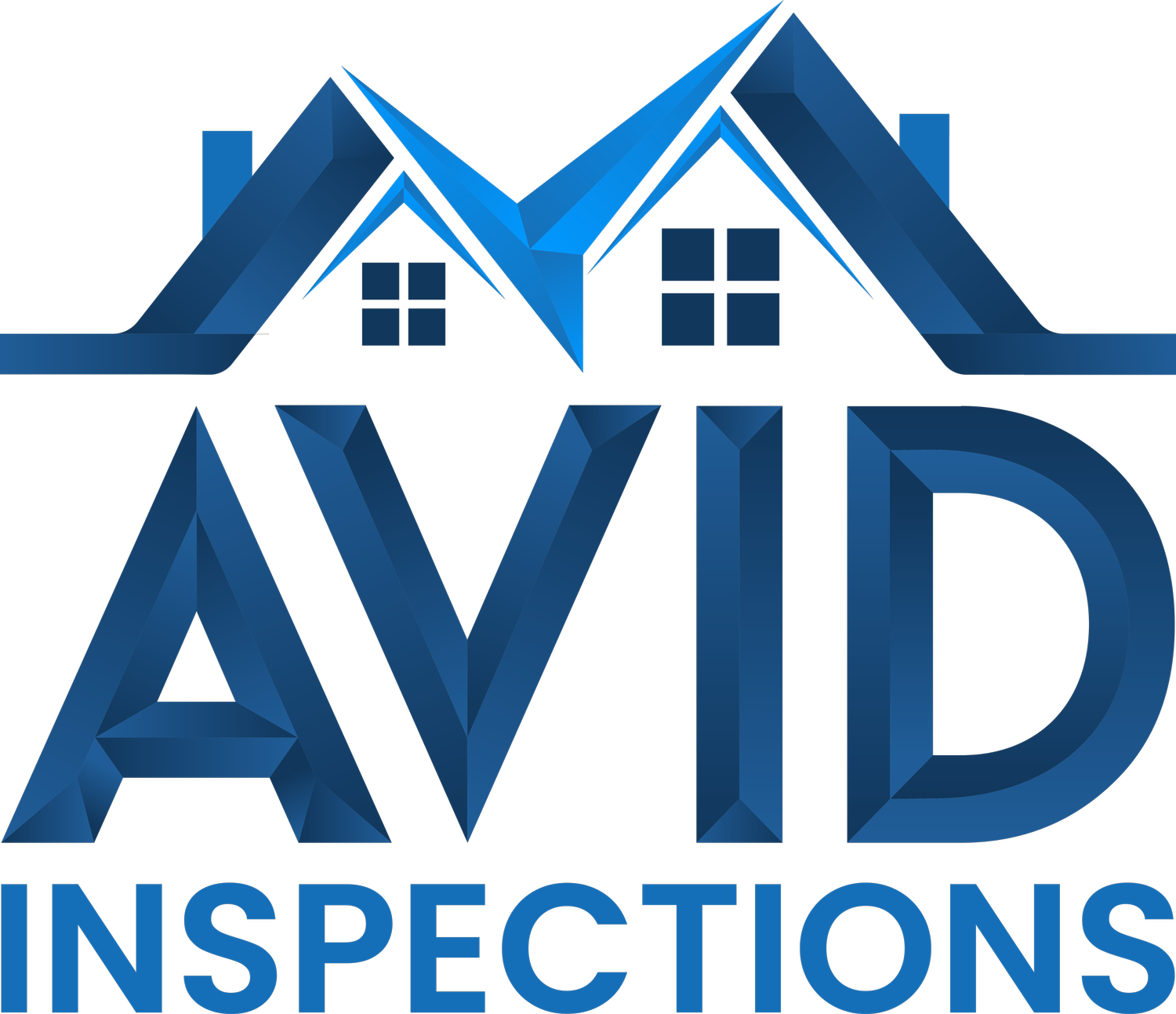DIY vs. Professional Repairs: How to Decide What to Fix Yourself
DIY vs. Professional Repairs: How to Decide What to Fix Yourself
Owning a home comes with its fair share of repairs and maintenance, and as a homeowner, you’ll often face a common dilemma: should you tackle the repair yourself, or is it better to call in a professional? While some projects are perfect for a weekend DIYer, others require the skills, tools, and expertise of a licensed professional. Making the right decision can save you time, money, and frustration while ensuring the job is done safely and correctly. In this blog, we’ll break down how to decide what to fix yourself and when to hire a pro.
1. Assess Your Skills and Experience
The first step in deciding whether to DIY or hire a professional is to be honest about your skill level. Ask yourself:
• Have I done this type of project before?
• Do I know the steps involved and have the tools to complete the job?
• Am I comfortable with the risks associated with this repair?
If the task involves basic maintenance, such as painting a wall or replacing a lightbulb, you may feel confident handling it yourself. However, if it requires specialized knowledge, like working with electrical wiring or plumbing, it’s often best to call a professional.
2. Consider the Complexity of the Task
Some repairs are straightforward and beginner-friendly, while others are complex and require expertise. Use the following guide:
DIY-Friendly Tasks:
• Painting walls or furniture.
• Fixing a loose cabinet hinge.
• Replacing air filters or light fixtures.
• Sealing small cracks or gaps with caulk.
• Basic yard work, such as mowing the lawn or trimming hedges.
Call a Professional For:
• Electrical work (e.g., rewiring, installing new outlets, or repairing circuits).
• Plumbing issues, such as leaks, water heater repairs, or major clogs.
• Roof repairs or replacements.
• HVAC repairs or installations.
• Structural repairs, such as foundation cracks.
Complex tasks often come with higher risks and stricter regulations, making professional expertise essential.
3. Evaluate Safety Risks
Safety should always be a top priority when deciding whether to DIY or hire a pro. Certain projects can be dangerous if not handled correctly:
• Electrical repairs can lead to fires or electrocution if done improperly.
• Roof work involves the risk of falls and injuries.
• Plumbing repairs can cause flooding if mistakes are made.
• Gas line repairs pose the risk of leaks and explosions.
If the repair has the potential to harm you, your home, or others, it’s better to leave it to a licensed professional.
4. Factor in Time and Convenience
DIY projects often take longer than expected, especially if you’re learning as you go. Consider your schedule and whether you have the time to commit to the repair. For example:
• A small paint touch-up can be done in an hour or two.
• Fixing a leaky faucet may require an entire afternoon if you need to troubleshoot or buy tools.
• Larger projects, like renovating a bathroom or replacing flooring, may take days or weeks.
If you’re short on time or don’t want to deal with the hassle, hiring a professional can save you the stress and allow you to focus on other priorities.
5. Compare Costs
One of the main reasons homeowners attempt DIY repairs is to save money. However, it’s important to consider the full cost of a DIY project, including:
• Tools and materials you may need to purchase.
• The risk of mistakes that could lead to additional expenses.
• The time you’ll spend on the project.
In some cases, hiring a professional may actually be more cost-effective in the long run, especially for complex or high-risk tasks. For example, a plumber can fix a major leak efficiently, while a DIY attempt might cause further damage and lead to higher repair costs.
6. Research Building Codes and Permits
Certain repairs or renovations, such as electrical upgrades or structural changes, may require permits and adherence to local building codes. Professionals are familiar with these regulations and can ensure the work meets legal requirements. Failing to follow codes could result in fines or complications when selling your home.
If the repair involves permits or inspections, it’s usually best to hire a licensed professional to handle the job.
7. Plan for Emergencies
Consider the consequences if the repair doesn’t go as planned. If a DIY project fails, will it result in a minor inconvenience or a major problem? For example:
• If you make a mistake while painting, it’s easy to fix with another coat.
• If you accidentally damage a pipe while attempting a plumbing repair, it could lead to flooding and costly repairs.
For high-stakes repairs, it’s worth the investment to hire a pro to ensure the job is done right the first time.
8. Combine DIY with Professional Help
In some cases, you can strike a balance between DIY and professional help. For example:
• You can handle prep work, like removing old wallpaper or clearing a room, before hiring a painter.
• You can troubleshoot a simple appliance issue before calling a repair technician.
• You can install basic fixtures, like showerheads or doorknobs, but leave complex plumbing or electrical work to a pro.
This approach allows you to save money while ensuring the more complex aspects are handled by an expert.
Conclusion
When deciding between DIY and professional repairs, it’s important to weigh your skills, the complexity of the task, safety risks, and costs. While tackling projects yourself can be rewarding and cost-effective, some repairs are best left to the professionals to avoid mistakes and ensure safety. By knowing your limits and planning accordingly, you’ll be able to maintain your home confidently and responsibly. Remember, sometimes the smartest DIY decision is knowing when to call in the experts!
